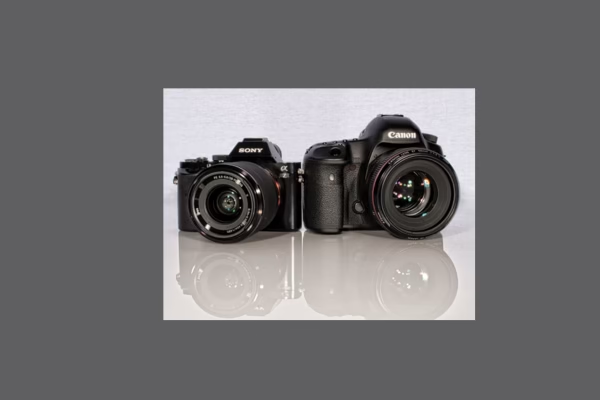In portrait photography, lighting plays a crucial role in setting the mood, emphasizing features, and shaping the subject’s face. Several lighting types and patterns are commonly used to achieve different effects:
Rembrandt Lighting
Rembrandt lighting is a classic lighting technique used in portrait photography and cinematography, named after the 17th-century painter Rembrandt, who often used this effect in his portraits. The def ining characteristic of Rembrandt lighting is a small, illuminated triangle or patch of light on the cheek opposite the light source, just under the eye. This triangle is created when the shadow from the nose connects with the shadow on the cheek.
ining characteristic of Rembrandt lighting is a small, illuminated triangle or patch of light on the cheek opposite the light source, just under the eye. This triangle is created when the shadow from the nose connects with the shadow on the cheek.
Rembrandt lighting is valued for its ability to add depth, drama, and dimension to portraits. It’s particularly effective in creating mood and is flattering for subjects with round or fuller faces, as it adds definition and shape..
Loop Lighting
Loop lighting is a popular and versatile lighting technique used in portrait photography to create a natural, flattering look. It is named after the small loop-shaped shadow that appears on the subject’s cheek, caused by the nose. This technique adds depth and dimension to the face without creating harsh shadows or dramatic contrast.
To create loop lighting, the main light source (key light) is placed slightly above the subject’s eye level and at about a 30 to 45-degree angle to one side of the camera. The goal is to cast a soft shadow from the nose onto the cheek, but without the shadow touching the corner of the mouth or connecting with other shadows on the face.
Loop lighting works well for most face shapes and is often used in beauty, headshots, and professional portraits. It provides a pleasing balance between light and shadow, making the subject look both defined and approachable.
Butterfly Lighting (or Paramount Lighting)
Butterfly lighting, also known as Paramount lighting, is a classic portrait lighting technique often used in glamour and beauty photography. It gets its name from the butterfly-shaped shadow that forms directly under the subject’s nose. This style of lighting emphasizes facial symmetry and highlights cheekbones, making it especially flattering for subjects with oval or heart-shaped faces.
To create butterfly lighting, the key light is placed directly in front of the subject and slightly above eye level, typically mounted on a stand or boom arm angled downward. This position creates even, flattering shadows under the nose and chin while maintaining light on both sides of the face.
Butterfly lighting is often used in Hollywood-style portraits and headshots due to its clean and elegant appearance. To soften shadows, photographers may add a reflector or fill light below the subject’s face. This lighting pattern enhances facial features and adds a polished, professional look to portraits..
Split Lighting
This technique splits the face in half with light and shadow. The light is placed 90 degrees to one side of the subject. It creates a bold, dramatic look, often used in artistic or moody portraits.
The light is placed 90 degrees to one side of the subject. It creates a bold, dramatic look, often used in artistic or moody portraits.
Broad and Short Lighting
These refer to how the light hits the visible side of the face. In broad lighting, the side of the face facing the camera is lit, making faces appear wider. In short lighting, the far side is lit, making the face appear slimmer and more dramatic.
Each lighting type can be modified with diffusers, reflectors, or additional lights to enhance mood and dimension. Choosing the right style depends on the subject, emotion, and artistic intention of the portrait.

